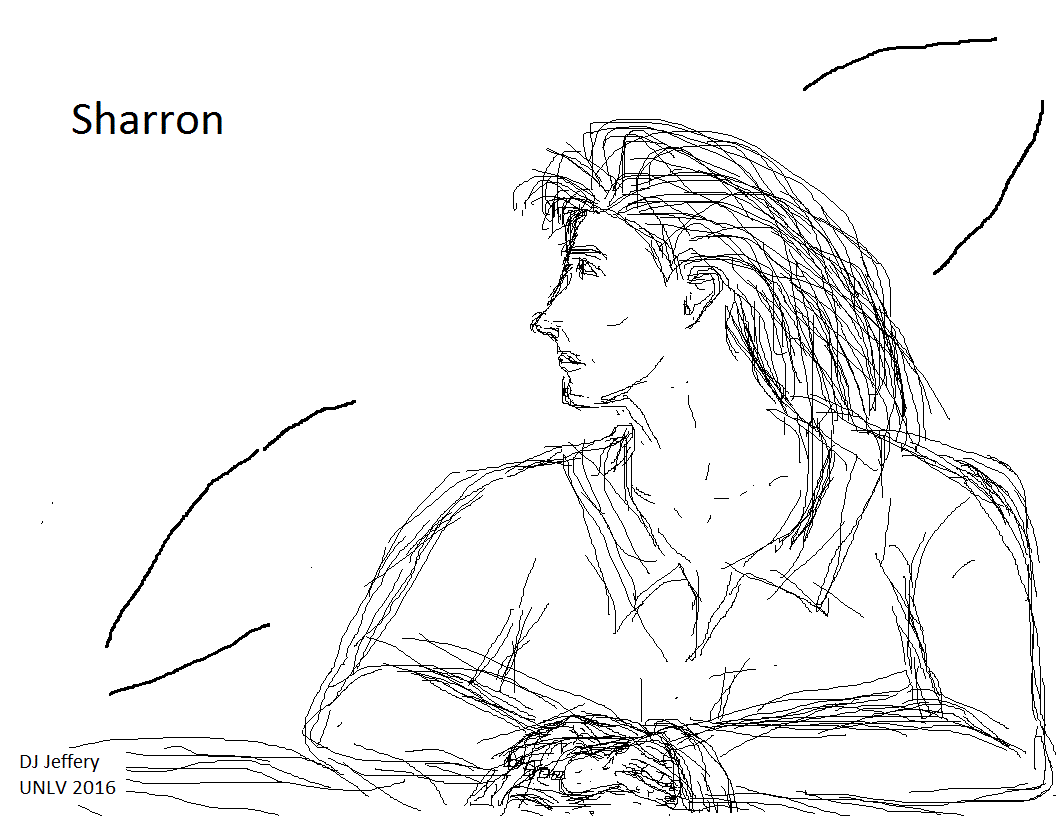 Milky way videos
(i.e., Milky Way
videos):
Milky way videos
(i.e., Milky Way
videos):
- A timelapse view of the milky way from Chile | 0:46: This is from an ESO person. The structures are radio telescope---no domes. The video is high sensitivity (yours truly believes) since the Milky Way is NOT that bright to the naked eye even on a mountain top in Chile and the Moon is glaring. Short enough for classroom.
- 800 Megapixel Panorama of Milky Way | 0:55: Nearly a gigapan. OK for classroom.
- Space School- Milky Way | 5:39: Good. Too long for classroom.
- When galaxies collide! | 1:36:
Good grief.
A computer simulation
from
NASA/ESA.
The Andromeda-Milky Way collision
is an example of
interacting galaxies
and galaxy merger.
The two spiral galaxies
(the Milky Way and the
Andromeda Galaxy (M31)) merge
and become an elliptical galaxy.
The elliptical galaxy
is also
quenched galaxy
due to
golden-mass quenching
(see Man & Belli 2018, p. 1;
Bower et al 2016).
Actually, one wonders where does the initial gravitational potential energy of the merging galaxies go to. It becomes kinetic energy as they fall together, but only a little of this dissipates to heat and then is emitted to infinity as photons due to colliding interstellar medium (ISM). The stars almost never collide in a body-on-body sense, and so CANNOT dissipate kinetic energy that way. And the dark matter (whatever kind of particles it is) do NOT dissipate kinetic energy via collisions much either. Well, much of the kinetic energy must become rotational kinetic energy of the orbits of the stars and dark matter particles. Also in the complex galaxy merger process, probably a lot of stars and dark matter particles get ejected to infinity carrying of kinetic energy. The ejection could be in long tidal tails or via gravity assists (AKA gravitational slingshot maneuvers). The ejected stars are so spread out they just form a low density star population spread through intergalactic space. But yours truly needs an authoritative explication.????
This version of the video was prepared by Phil Plait (1964--). Good and short enough for the classroom. - Stunning Portrait of the Milky Way Galaxy | 3:07: The infrared view. Good, but too long for the classroom.
- Black Hole Eruption in the Galactic Center | 2:00: I don't attest to its authoritativeness. It seems OK, but too long for the classroom.
- The Cepheids : 6:48: Henrietta Swan Leavitt (1868--1921) and the Cepheids. I won't attest to its authoritativeness. Too long for the classroom.
File: Galaxies file: milky_way_videos.html.